
-
Industrial Equipment Certification-
Industrial Equipment Monitoring and Maintenance-
Testing for Temperature and Humidity Control in Equipment
We provide comprehensive solutions designed to help our clients mitigate risks, enhance performance, and excel in key areas such as quality, health & safety, environmental sustainability, and social responsibility.
Discover
For many years, our organization has been operating successfully, boasting modern laboratories that meet international standards. These laboratories are equipped with the latest technology devices and equipment, and we have built a strong team of experienced and trained personnel to operate them.
DiscoverWelcome to Eurolab, your partner in pioneering solutions that encompass every facet of life. We are committed to delivering comprehensive Assurance, Testing, Inspection, and Certification services, empowering our global clientele with the ultimate confidence in their products and processes.
Discover
-
Industrial Equipment Certification-
Industrial Equipment Monitoring and Maintenance-
Testing for Temperature and Humidity Control in EquipmentTesting for Temperature and Humidity Control in Equipment: A Comprehensive Guide
Temperature and humidity control are critical parameters that must be monitored and controlled within a specific range to ensure the optimal performance and lifespan of equipment. Deviations from these conditions can lead to reduced productivity, increased maintenance costs, and even complete system failure.
In this article, we will delve into the importance of testing for temperature and humidity control in equipment, discuss the various methods and techniques used for testing, and provide a detailed guide on how to perform these tests effectively.
Understanding the Importance of Temperature and Humidity Control
Temperature and humidity control are essential parameters that must be maintained within a specific range to ensure the optimal performance and lifespan of equipment. Here are some reasons why temperature and humidity control is crucial:
Advantages: Accurate, reliable, and relatively inexpensive
Disadvantages: Requires calibration, may be affected by ambient temperature changes
Advantages: Accurate, reliable, and relatively inexpensive
Disadvantages: Requires calibration, may be affected by ambient temperature changes
Advantages: Accurate, reliable, and relatively inexpensive
Disadvantages: Requires calibration, may be affected by ambient temperature changes
Performing Temperature and Humidity Tests
Performing temperature and humidity tests involves several steps:
1. Identify the testing requirements: Determine the specific temperature and humidity ranges that must be maintained for optimal equipment performance.
2. Choose the testing method: Select a suitable testing method based on the equipment type, size, and complexity.
3. Calibrate the test equipment: Calibrate the test equipment to ensure accurate readings.
4. Perform the tests: Perform the temperature and humidity tests in accordance with the manufacturers instructions or industry standards.
5. Record and analyze the results: Record and analyze the temperature and humidity readings to determine if they fall within the recommended range.
QA Section
Here are some frequently asked questions about testing for temperature and humidity control in equipment:
Q: What is the ideal temperature range for equipment?
A: The ideal temperature range varies depending on the type of equipment. Generally, most equipment operates optimally between 15C to 30C (59F to 86F).
Q: How often should I perform temperature and humidity tests?
A: Temperature and humidity tests should be performed regularly, ideally every 6-12 months or as recommended by the manufacturer.
Q: What are the consequences of incorrect temperature and humidity control?
A: Incorrect temperature and humidity control can lead to reduced productivity, increased maintenance costs, and even complete system failure.
Q: Can I use a thermometer to test for temperature control?
A: Yes, you can use a thermometer to test for temperature control. However, it is recommended to use a thermocouple or temperature probe for more accurate readings.
Q: How do I calibrate the test equipment?
A: Calibration involves comparing the test equipments readings with a reference standard. This process ensures that the test equipment provides accurate and reliable readings.
Q: What are the advantages of using a data logger to record temperature and humidity readings?
A: A data logger provides continuous recording of temperature and humidity readings, allowing for real-time monitoring and analysis of equipment performance.
Q: Can I use a humidity probe to measure both temperature and humidity levels?
A: Yes, some humidity probes can measure both temperature and humidity levels. However, it is recommended to use separate instruments for accurate measurements.
Q: What are the common issues that can affect the accuracy of temperature and humidity readings?
A: Common issues that can affect the accuracy of temperature and humidity readings include calibration errors, equipment malfunction, and ambient temperature changes.
In conclusion, testing for temperature and humidity control in equipment is crucial to ensure optimal performance and lifespan. By understanding the importance of temperature and humidity control, selecting suitable testing methods, and performing regular tests, you can prevent costly equipment failures and downtime.

Aviation and Aerospace Testing
Aviation and Aerospace Testing: Ensuring Safety and Efficiency The aviation and aerospace industr...

Agricultural Equipment Certification
Agricultural equipment certification is a process that ensures agricultural machinery meets specific...

Automotive Compliance and Certification
Automotive Compliance and Certification: Ensuring Safety and Efficiency The automotive industry is ...

Environmental Impact Assessment
Environmental Impact Assessment: A Comprehensive Guide Environmental Impact Assessment (EIA) is a c...
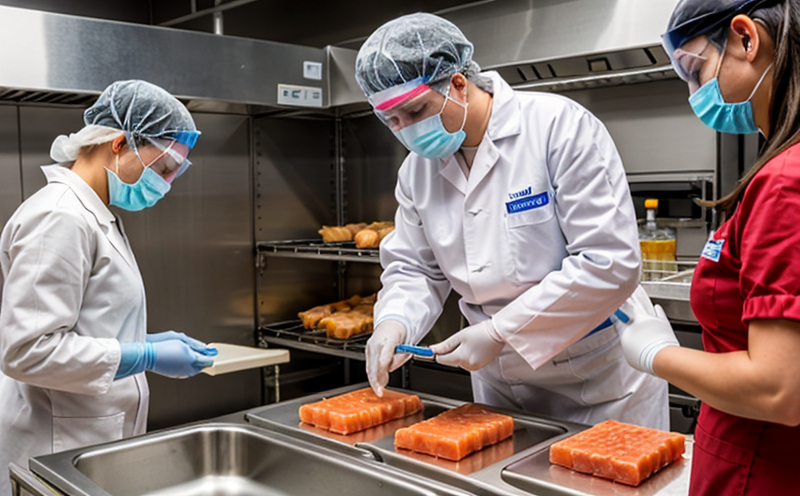
Food Safety and Testing
Food Safety and Testing: Ensuring the Quality of Our Food As consumers, we expect our food to be sa...

Hospitality and Tourism Certification
Hospitality and Tourism Certification: Unlocking Opportunities in the Industry The hospitality and ...

Fire Safety and Prevention Standards
Fire Safety and Prevention Standards: Protecting Lives and Property Fire safety and prevention stan...
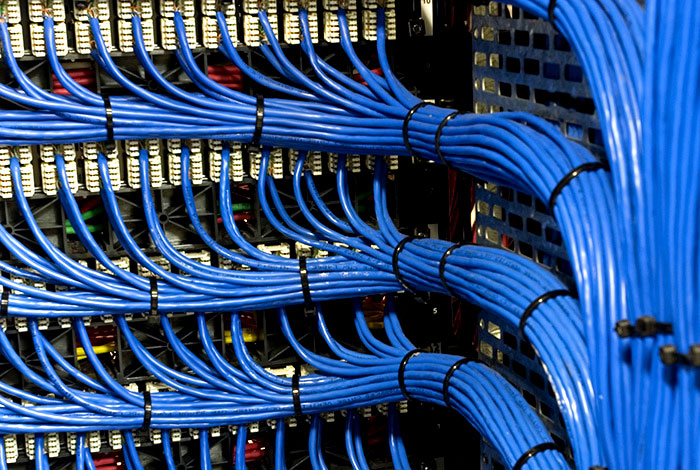
NEBS and Telecommunication Standards
Network Equipment Building System (NEBS) and Telecommunication Standards The Network Equipment Bu...

Railway Industry Compliance
Railway Industry Compliance: Ensuring Safety and Efficiency The railway industry is a critical comp...
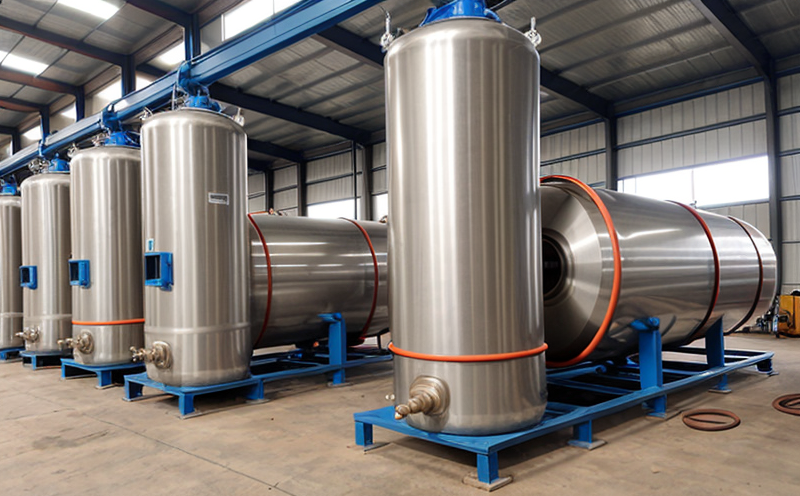
Pressure Vessels and Installations Testing
Pressure Vessels and Installations Testing Pressure vessels are a critical component of various ind...

Electrical and Electromagnetic Testing
Electrical and Electromagnetic Testing: A Comprehensive Guide Introduction Electrical and electrom...
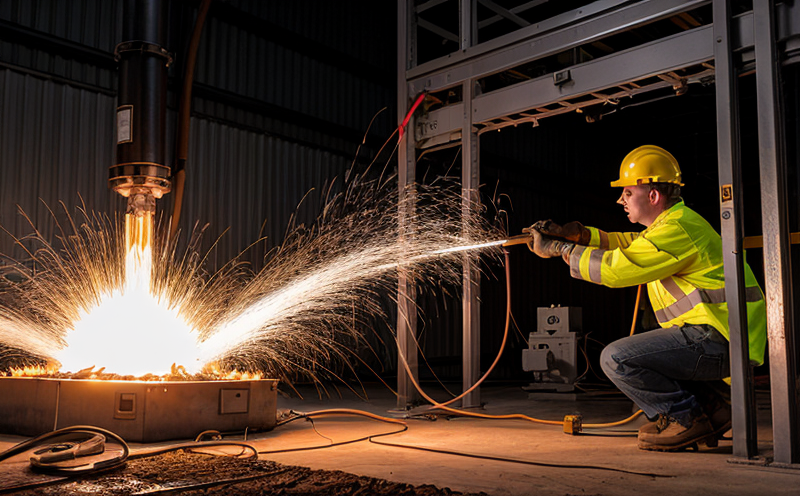
Electromechanical Safety Certification
Electromechanical Safety Certification: Ensuring Compliance and Protecting Lives In todays intercon...

Transportation and Logistics Certification
Transportation and Logistics Certification: A Comprehensive Guide The transportation and logistics ...

Consumer Product Safety
Consumer Product Safety: Protecting Consumers from Harmful Products As a consumer, you have the rig...
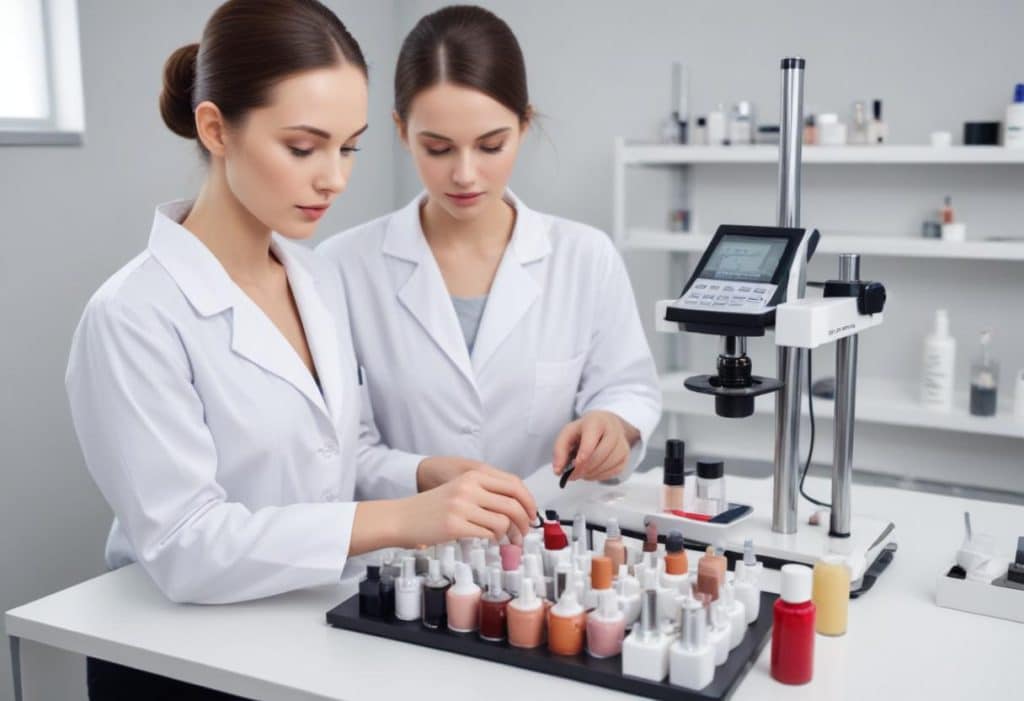
Cosmetic Product Testing
The Complex World of Cosmetic Product Testing The cosmetics industry is a multi-billion-dollar ma...

Energy and Sustainability Standards
In today’s rapidly evolving world, businesses face increasing pressure to meet global energy a...
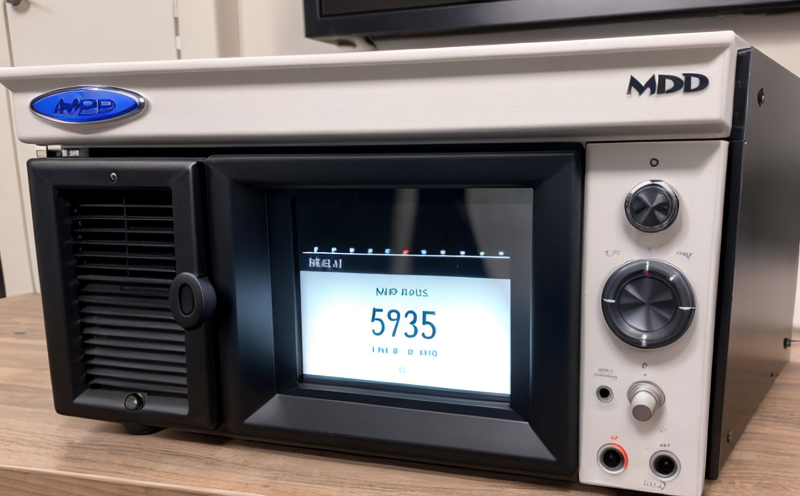
MDR Testing and Compliance
MDR Testing and Compliance: A Comprehensive Guide The Medical Device Regulation (MDR) is a comprehe...

Environmental Simulation Testing
Environmental Simulation Testing: A Comprehensive Guide In todays world, where technology is rapidl...

Military Equipment Standards
Military Equipment Standards: Ensuring Effectiveness and Safety The use of military equipment is a ...

Product and Retail Standards
Product and Retail Standards: Ensuring Quality and Safety for Consumers In todays competitive marke...
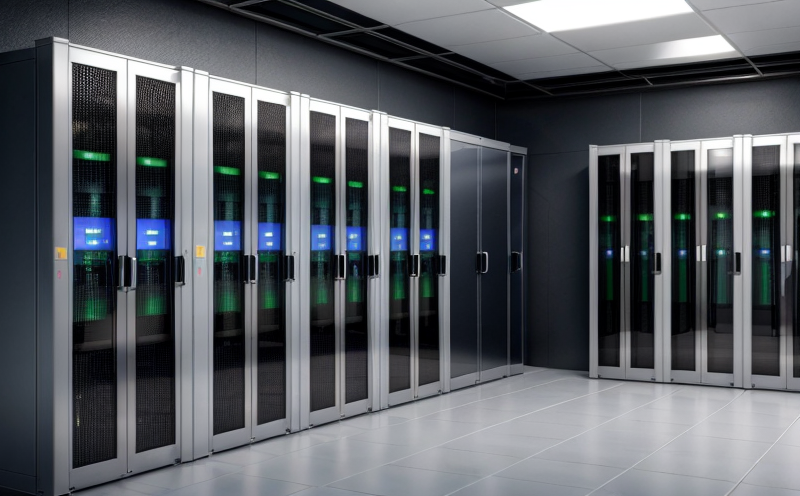
IT and Data Center Certification
IT and Data Center Certification: Understanding the Importance and Benefits The field of Informatio...
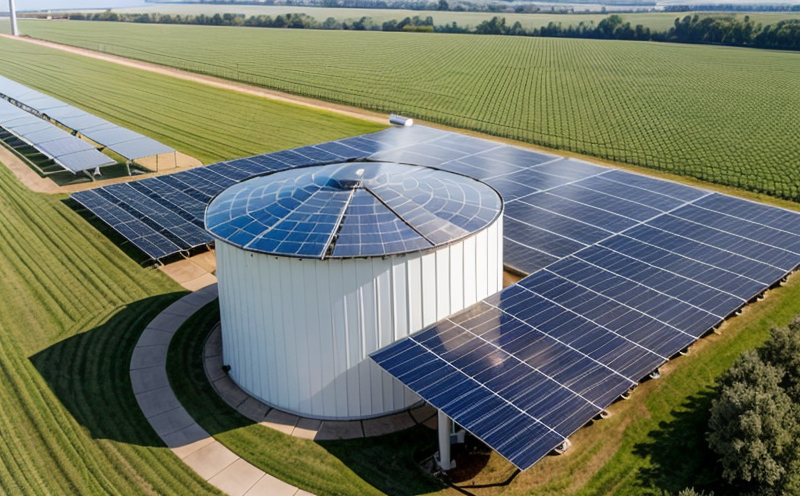
Renewable Energy Testing and Standards
Renewable Energy Testing and Standards: Ensuring a Sustainable Future The world is rapidly transiti...

Pharmaceutical Compliance
Pharmaceutical compliance refers to the adherence of pharmaceutical companies and organizations to l...

Chemical Safety and Certification
Chemical safety and certification are critical in ensuring the safe management of products and proce...

Construction and Engineering Compliance
Construction and Engineering Compliance: Ensuring Safety, Quality, and Regulatory Adherence In the ...
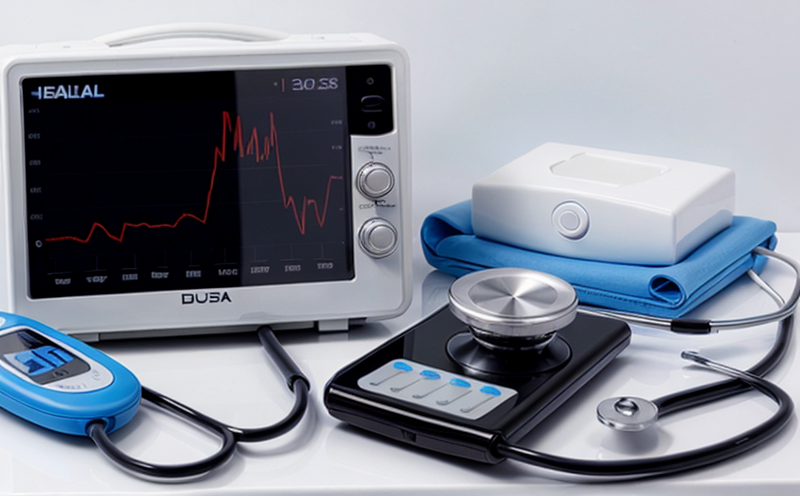
Healthcare and Medical Devices
The Evolution of Healthcare and Medical Devices: Trends, Innovations, and Challenges The healthcare...
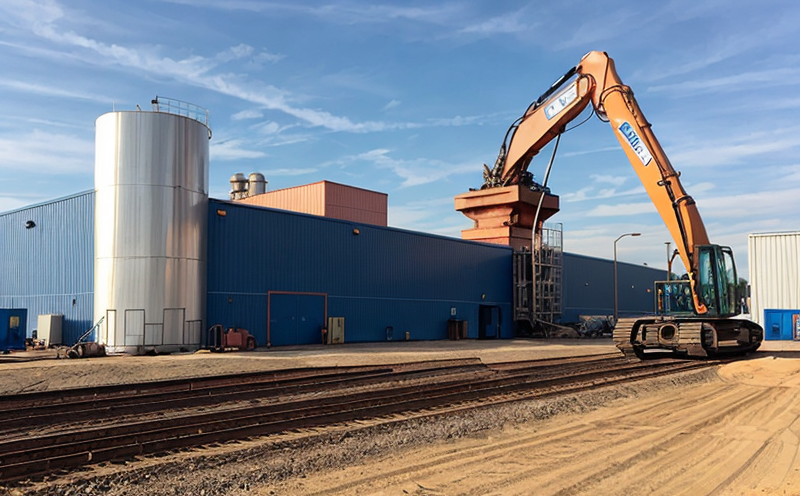
Industrial Equipment Certification
Industrial equipment certification is a critical process that ensures industrial equipment meets spe...
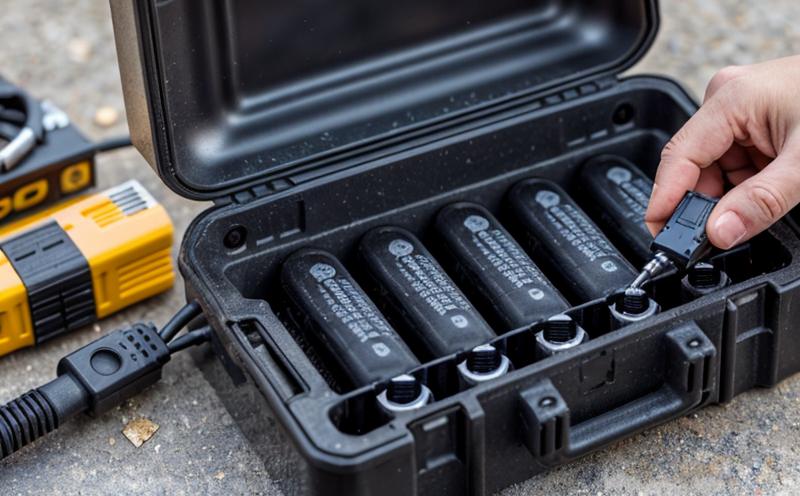
Battery Testing and Safety
Battery Testing and Safety: A Comprehensive Guide As technology continues to advance, battery-power...

Trade and Government Regulations
Trade and government regulations play a vital role in shaping the global economy. These regulations ...
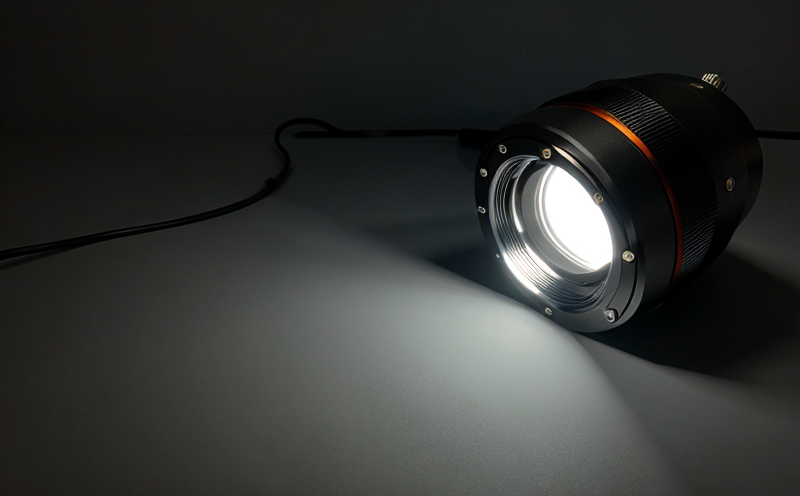
Lighting and Optical Device Testing
Lighting and Optical Device Testing: Ensuring Performance and Safety Lighting and optical devices a...